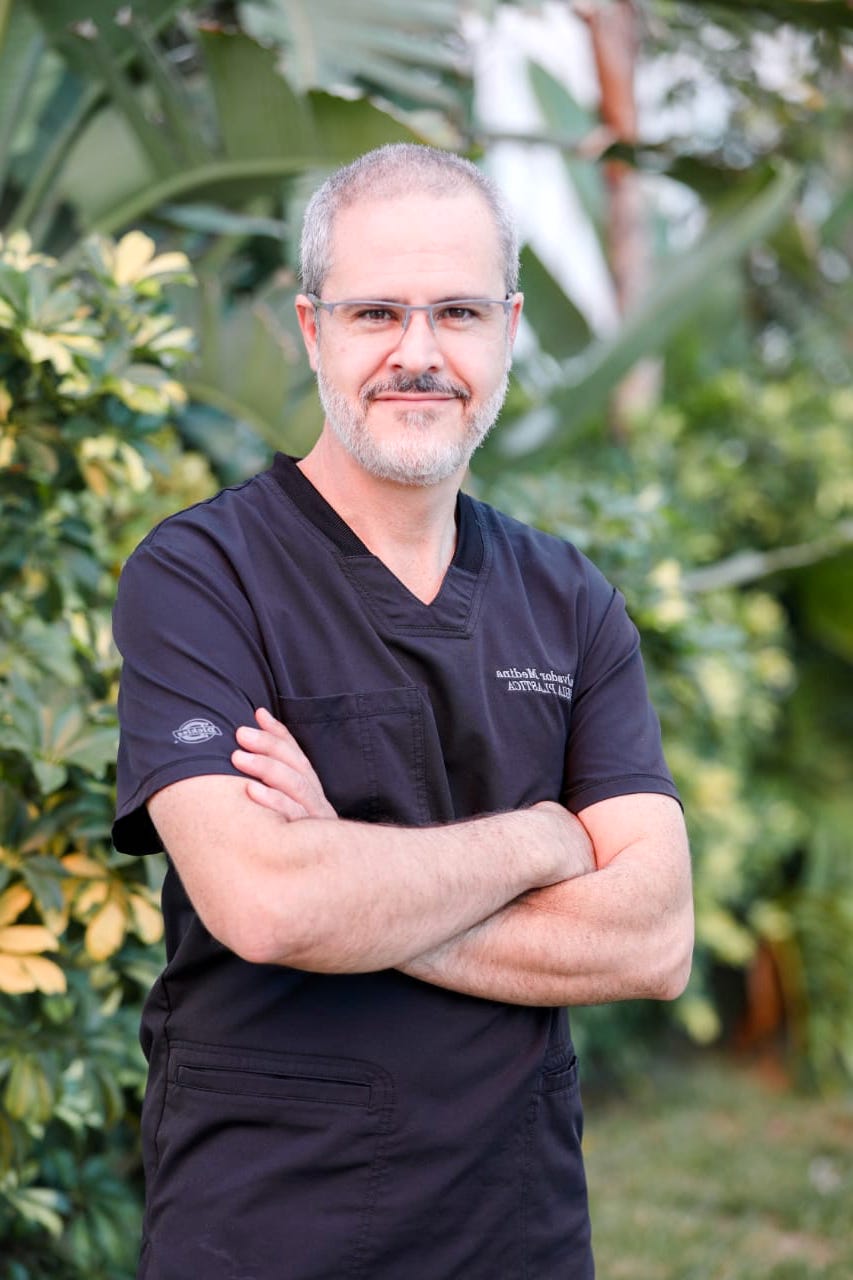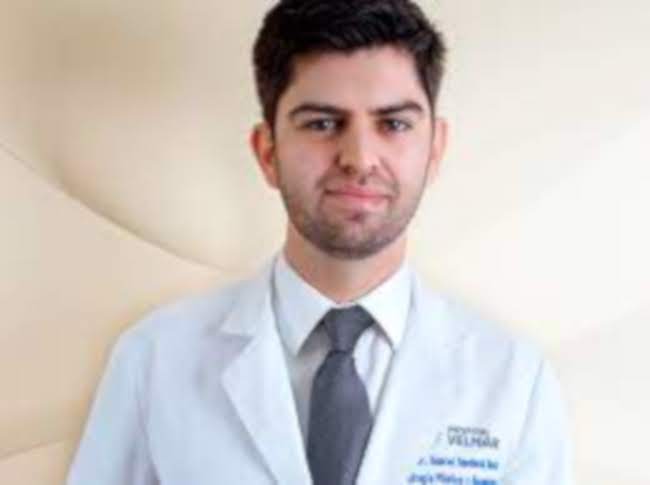
Liposuction surgery is a popular cosmetic procedure, It´s also called lipoplasty. The goal is to remove excess fat deposits. Diet and exercise have not helped. Liposuction targets specific body areas. It may include the abdomen, hips, thighs, arms, buttocks, and neck.
The result is a more balanced and sculpted appearance. Beyond aesthetics, it offers several health benefits too. Improved well-being and mental health is an example. The surgeon uses specialized instruments. Making small incisions, A special device sucks up excess fat. There are various techniques. One is tumescent or ultrasound-assisted liposuction.
Health Benefits of Liposuction Surgery
- It can effectively sculpt and contour specific areas.
- Can alleviate the physical discomfort caused by chafing, rubbing, or irritation.
- Can motivate patients to adopt a healthier lifestyle.
- Can enhance self-confidence and improve mental well-being.
Candidates for Liposuction Surgery
• Should have maintained a stable weight for at least six months.
• Be close to their target weight.
• Have localized fat deposits.
• Are in good physical and mental health.
• No significant medical conditions that could increase surgery risks.
• Have realistic expectations about the outcomes.
Liposuction surgery helps remove stubborn fat deposits. It sculpts body contours. It enhances overall well-being. Be aware that the procedure is not for everyone. Liposuction is not a substitute for weight loss. It is not a solution for obesity either. The procedure can provide significant improvements. It does, however, have its limitations.
Talk to your doctor about the risks and benefits of breast implants. Ask for a free consultation today!
Our Surgeons

Dr. Salvador Medina
Bariatric Surgeon

Dr. Gabriel Sandoval
Bariatric Surgeon
Breakdown of the liposuction procedure
1. Before the Procedure
- Consultation: You meet with a surgeon to talk about your goals and what you want to achieve. They’ll decide if liposuction is right for you and explain what to expect.
- Preparation: You’ll get instructions on how to prepare, like which medications to avoid and when to stop eating or drinking before the surgery.
2. Anesthesia
- Local Anesthesia: Numbs only the area being treated so you stay awake but don’t feel pain.
- General Anesthesia: Puts you to sleep for the entire procedure, usually used for larger areas.
3. Incisions and Fat Removal
- Incisions: Small cuts are made in the skin where the fat will be removed.
- Fat Removal: A thin tube (cannula) is inserted through these cuts to suck out the fat. Sometimes, a special solution is used to make the fat easier to remove and to reduce bleeding.
4. Closing Up
- Incisions: The small cuts are closed with stitches or special strips. A compression garment might be put on to help reduce swelling.
5. After the Procedure
- Recovery: You might feel sore, and there will be swelling and bruising. Pain medication can help.
- Compression Garment: Wearing this helps support the area and reduce swelling.
- Activity: You can usually return to light activities in a few days but should avoid heavy exercise for a few weeks.
- Follow-Up: You’ll visit the surgeon to check how you’re healing.
Results
- Immediate: You might see some changes right away, but the final shape will become clearer in a few months as swelling goes down.
Our plastic surgery services offer a path to a healthier, more vibrant you. Whether you’re seeking answers, exploring options, or ready to take the next step, we’re here to guide you. Take the first step towards a transformative change and contact us today. Your journey to a happier, healthier life starts here.
